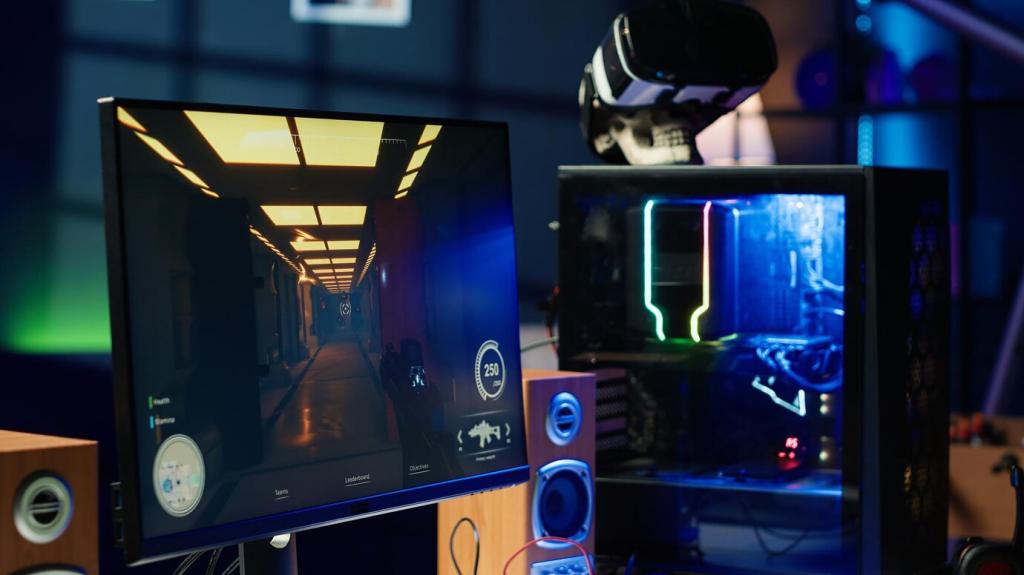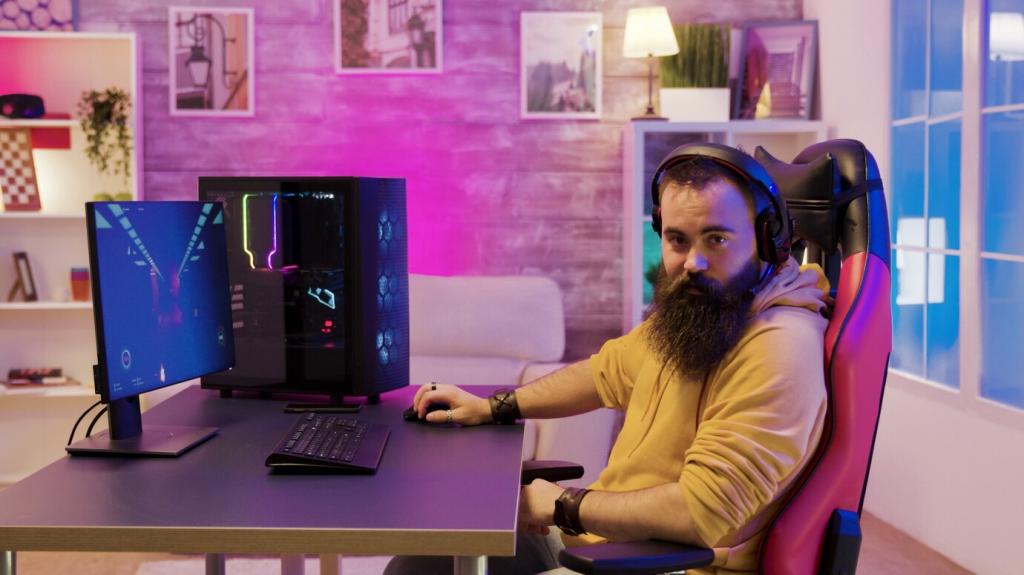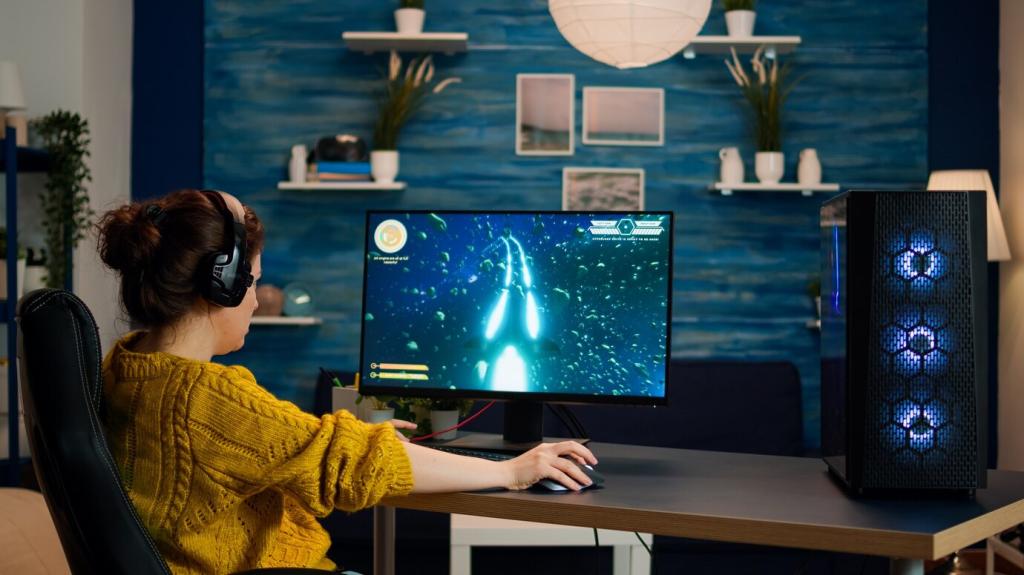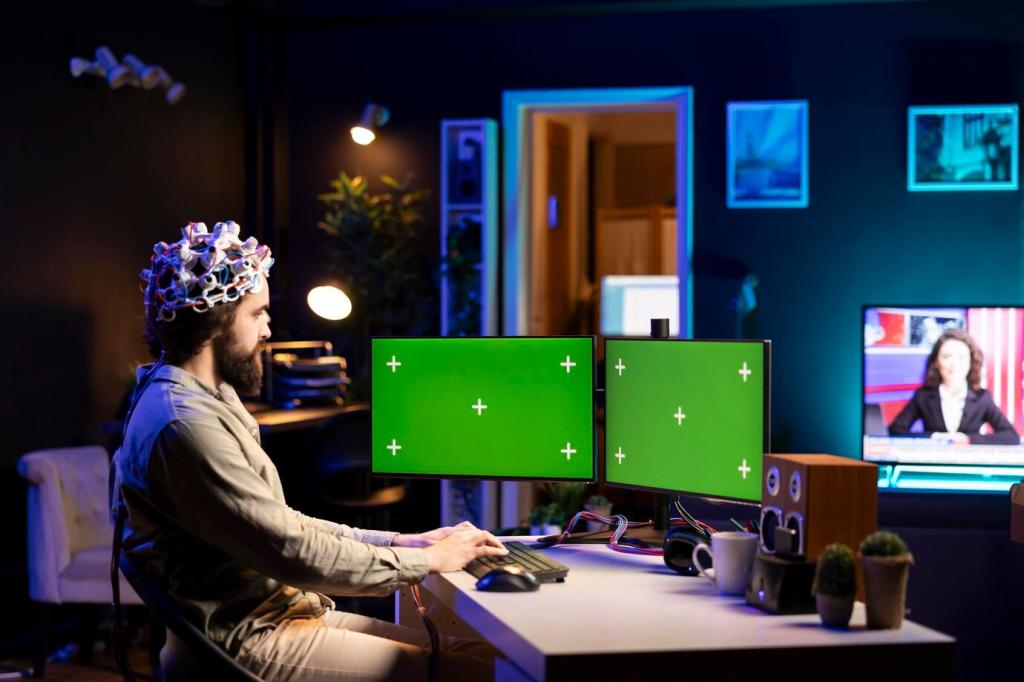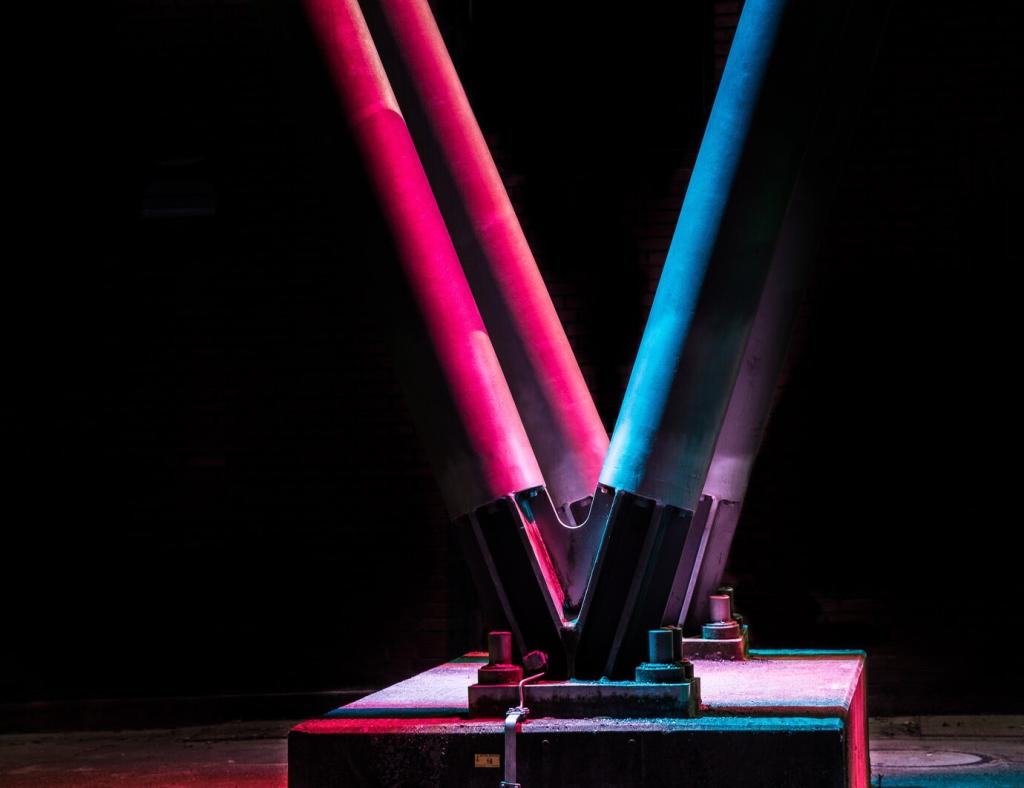Syncing RGB with Games and Music
Test Corsair iCUE, Razer Chroma, SignalRGB, and Philips Hue Sync for reliability and device compatibility. Start with your keyboard and strips, then expand to wall panels once you confirm latency and stability work for your rig.
Syncing RGB with Games and Music
Set animations to moderate speeds and reduce effect layers. Aim for subtle breathing and targeted highlights rather than flashing strobes. Your GPU will thank you, and your eyes will stay focused on gameplay clarity.


